It’s hard to remember a time when television, especially children’s television, wasn’t rife with commercials for various toys, all geared to get children to pester their parents into making a new acquisition.
That wasn’t always the case, however. Not only were toys NOT advertised on television in TV’s early decades, but when toys were advertised, that marketing was geared toward the adults who would be making the purchases.
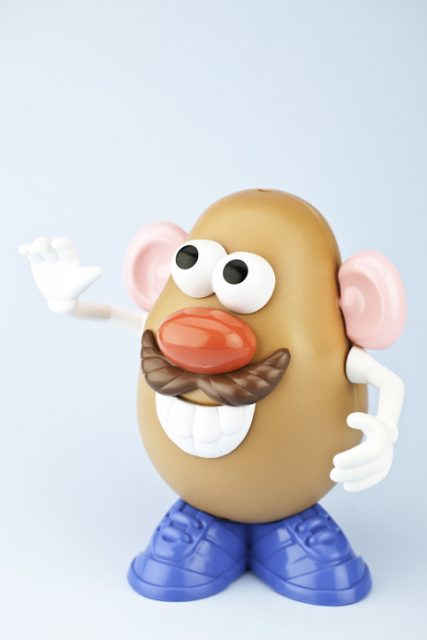
Big Commerce notes that it wasn’t until the 1950s that one toy company had the genius idea to start advertising on television and to market a toy to the children who would receive it, changing the entire face of marketing products geared toward children and tormenting many a beleaguered parent.
That company was Hasbro, and the toy was Mr. Potato Head – the first children’s toy to be advertised on network television.
Mr. Potato Head was first designed in 1949, by George Lerner, according to historyofdolls.com. During the wartime era, Lerner gained something of a reputation as an inventor and designer.
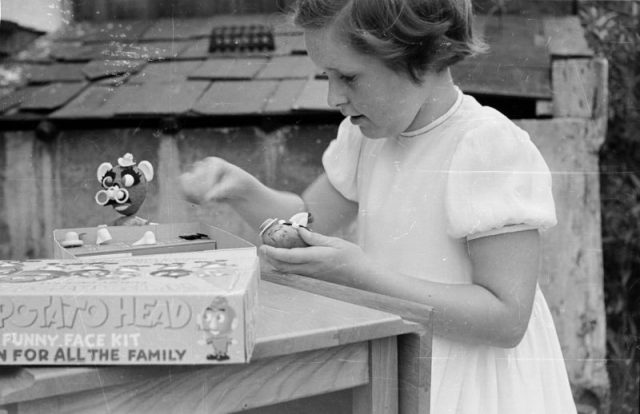
He originally conceived the toy as a “funny face man” for his younger sister, and he used parts of fruits and vegetables from their mother’s garden to make his creations.
He tried to market his idea to toy companies but got a lukewarm response, particularly since fresh produce was still scarce in the immediate postwar era, and wasting it on a child’s amusement was seen as irresponsible and wasteful.
That’s when Lerner decided to design the familiar plastic pieces with pins on the back that would allow the various parts to be attached to an actual potato.
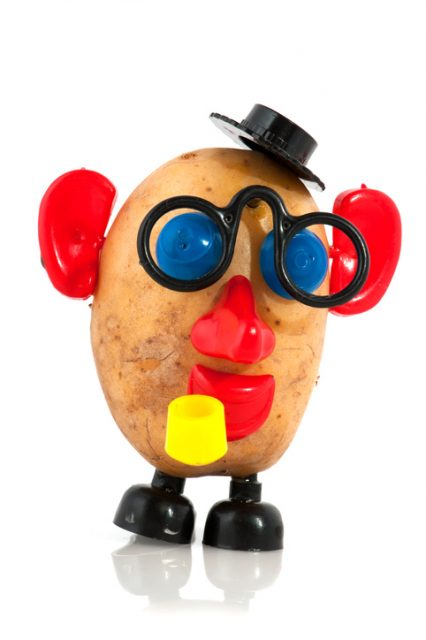
He managed to get a food company to pay him $5,000 for his idea, and they began putting his plastic pieces as prizes in cereal boxes. It still wasn’t a huge hit, since it still used actual potatoes which would eventually rot, but Lerner really believed he was onto something if he could just get the right break.
That break came in 1951 when he met Henry and Merrill Hassenfeld. The Hassenfeld company had a small school supply company called Hassenfeld Brothers, which they later renamed Hasbro.
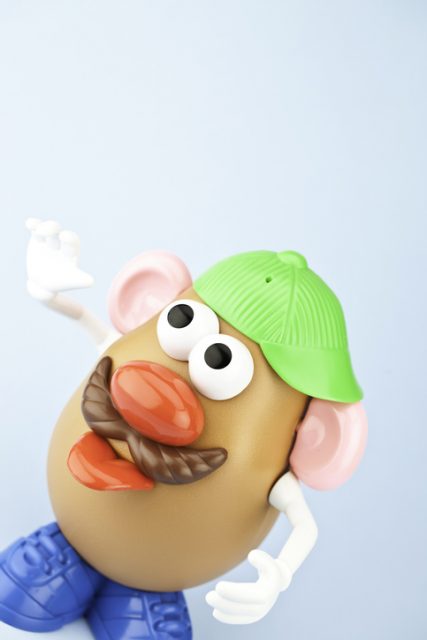
The brothers liked Lerner’s idea, so they paid $7,000 to the food company who was currently producing the toy; $2,000 was to stop putting the pieces into cereal boxes, and the other $5,000 was to buy the rights from them. Lerner was given a cash advance of $500 and was offered five percent royalties for every set of plastic and felt parts that the company sold.
The first sets of parts contained hands and feet, ears, a couple sets of eyes and mouths, four different noses, several hats, a pipe, glasses, and a number of felt pieces made to look like various styles of facial hair.
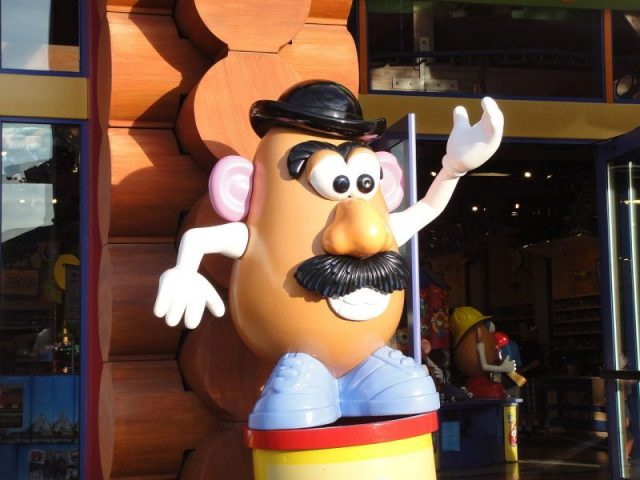
At this point, there still wasn’t a body, so an actual potato was still required to use the toy. In 1952, the first version of Hasbro’s Mr. Potato Head was born at the company in Pawtucket, Rhode Island.
Hasbro began marketing the toy on television in ads that were aimed directly at children, and the strategy worked. The company sold a million sets the first year, alone. That was followed by Mrs. Potato Head the following year, and they were later joined by Brother Spud and Sister Yam.
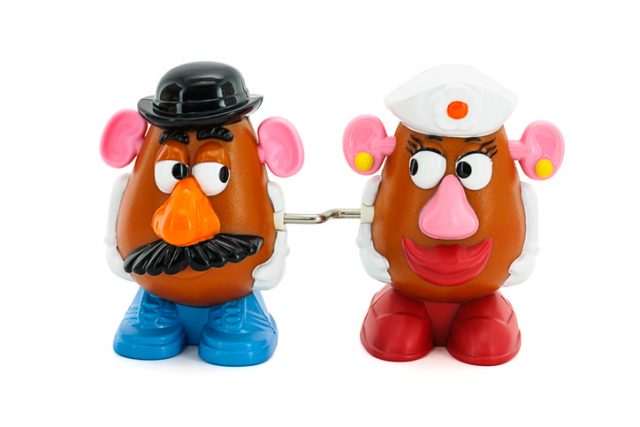
Over time, government oversight required changes to be made to the toy to prevent small children from swallowing the colorful plastic pieces which would cause them to choke, and from cutting themselves on the pin in the back.
Some other classic vintage toy commercials:
That oversight led to the development of the plastic potato body in 1964, which allowed the pieces to have larger, duller prongs in the back since they wouldn’t have to actually pierce a real potato anymore.
Read another story from us: Pet Rocks! The Most Hilarious Toy Fad of the 70s
Since then, the Mr. Potato Head figure has appeared in a variety of toy categories, including as puzzles and board games, and has been used as an ambassador for a variety of children’s causes, as well. As a result, it’s a rare person who doesn’t recognize the toy on sight. It seems the funny face man is here to stay.
